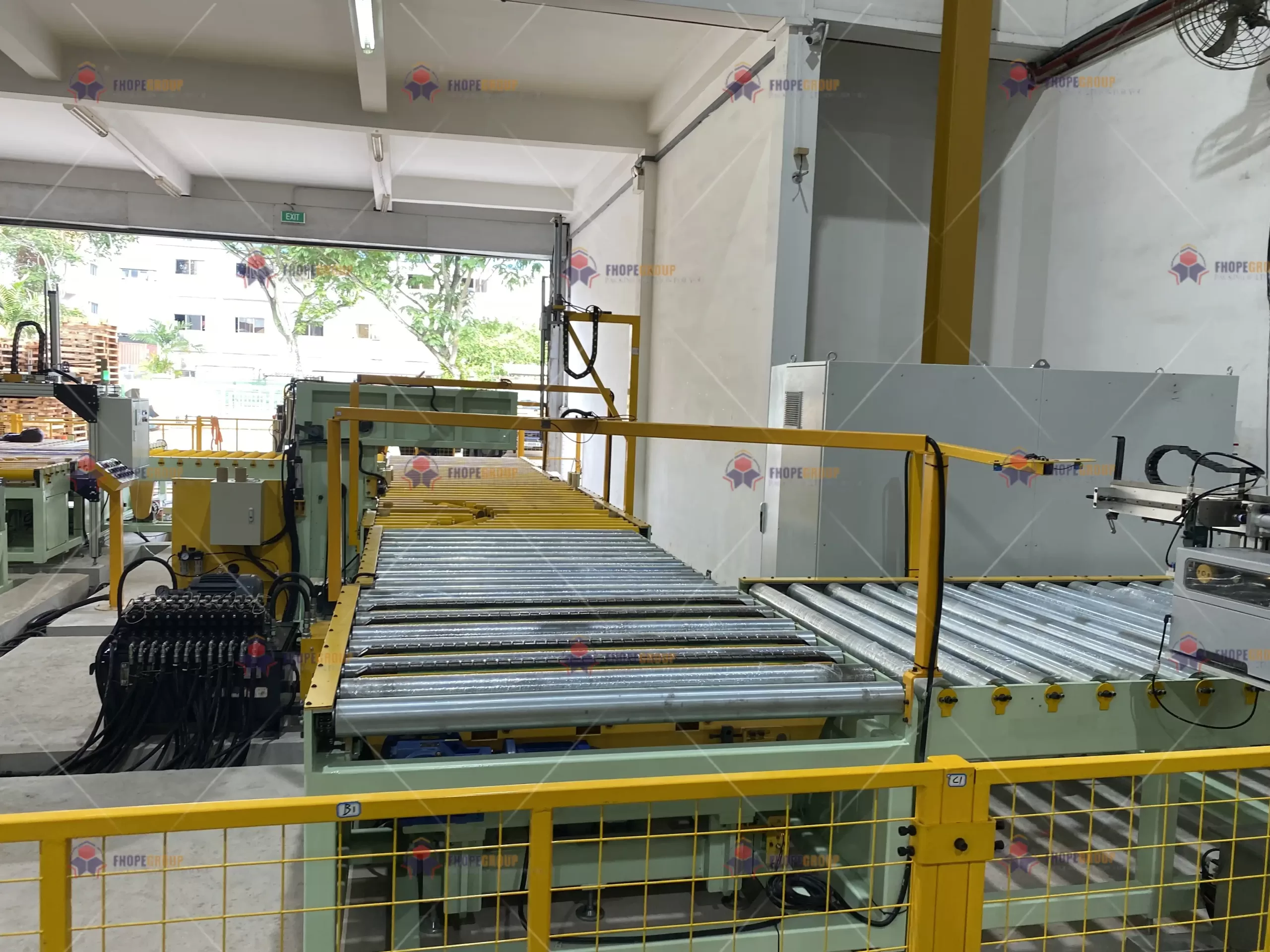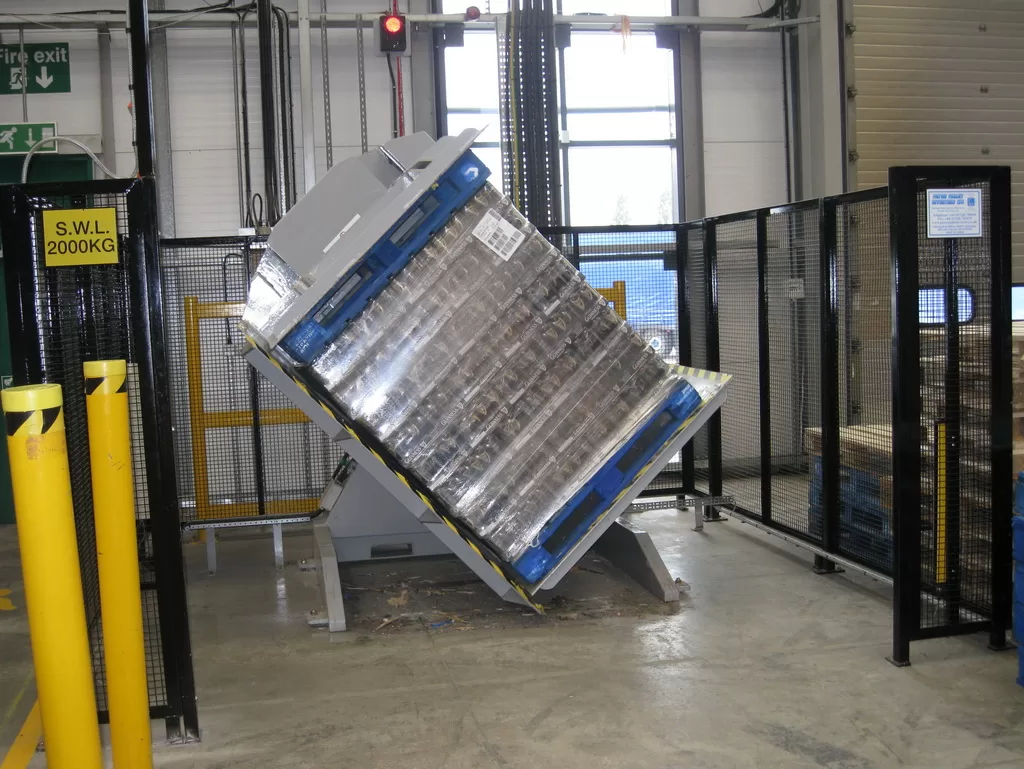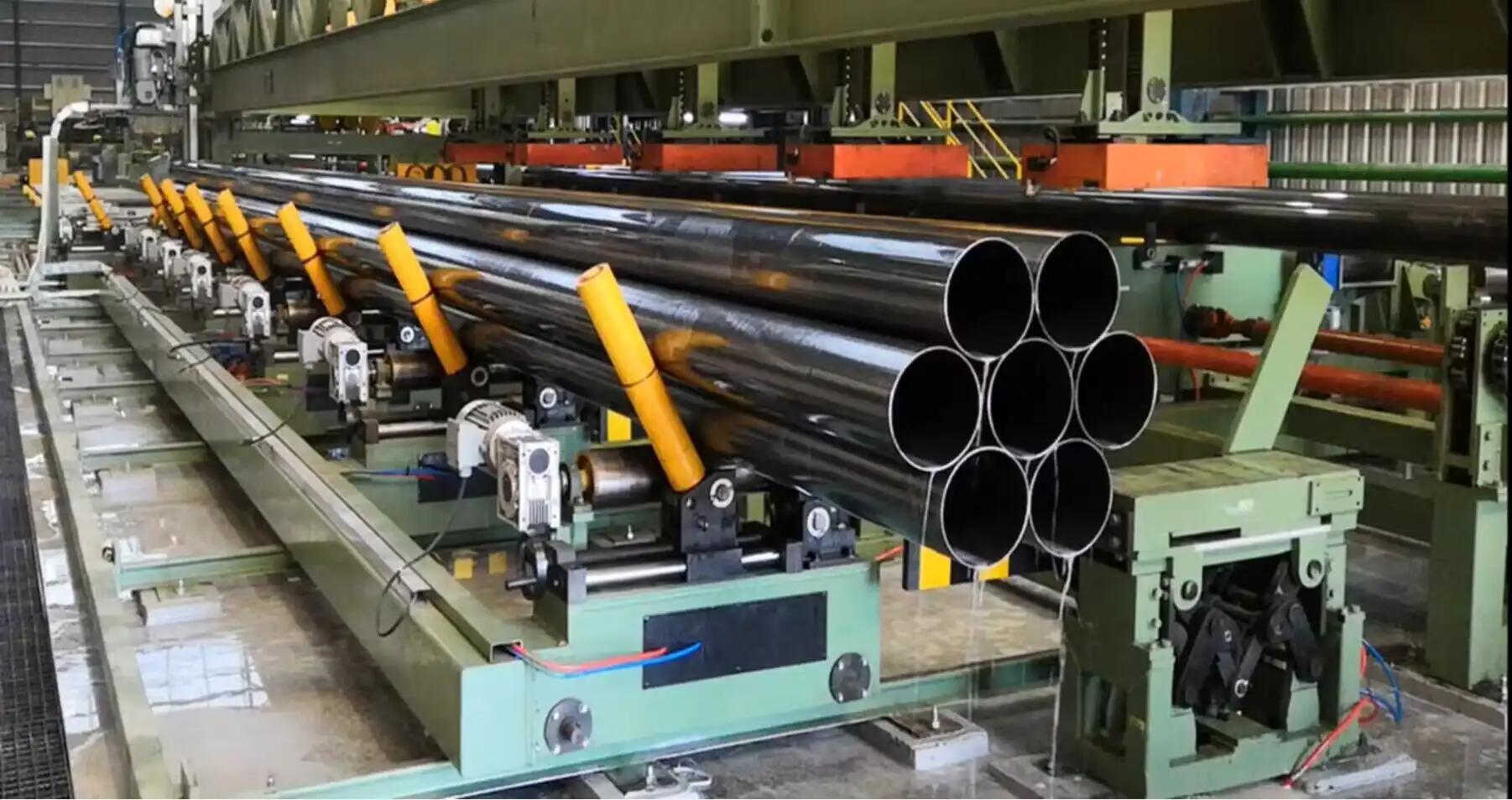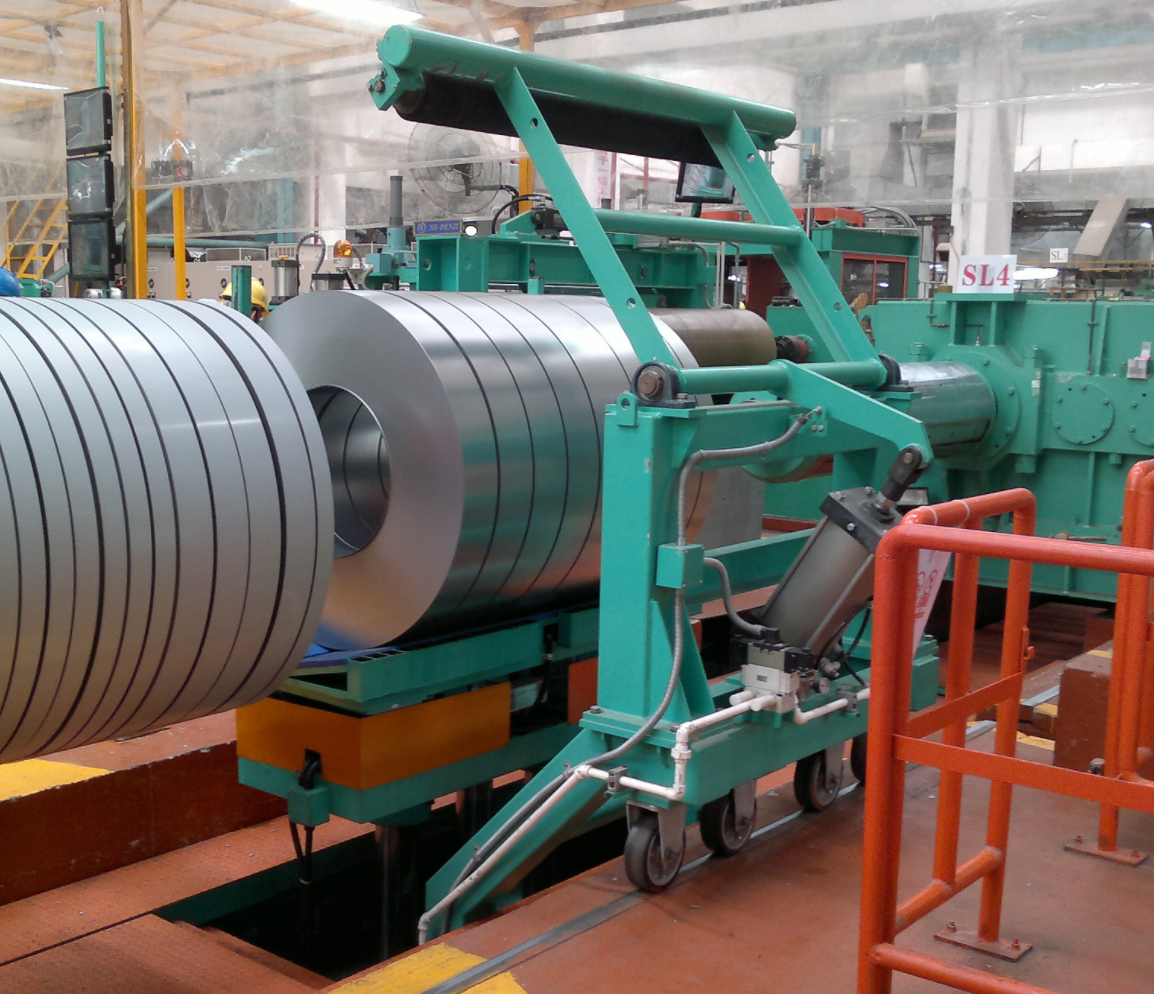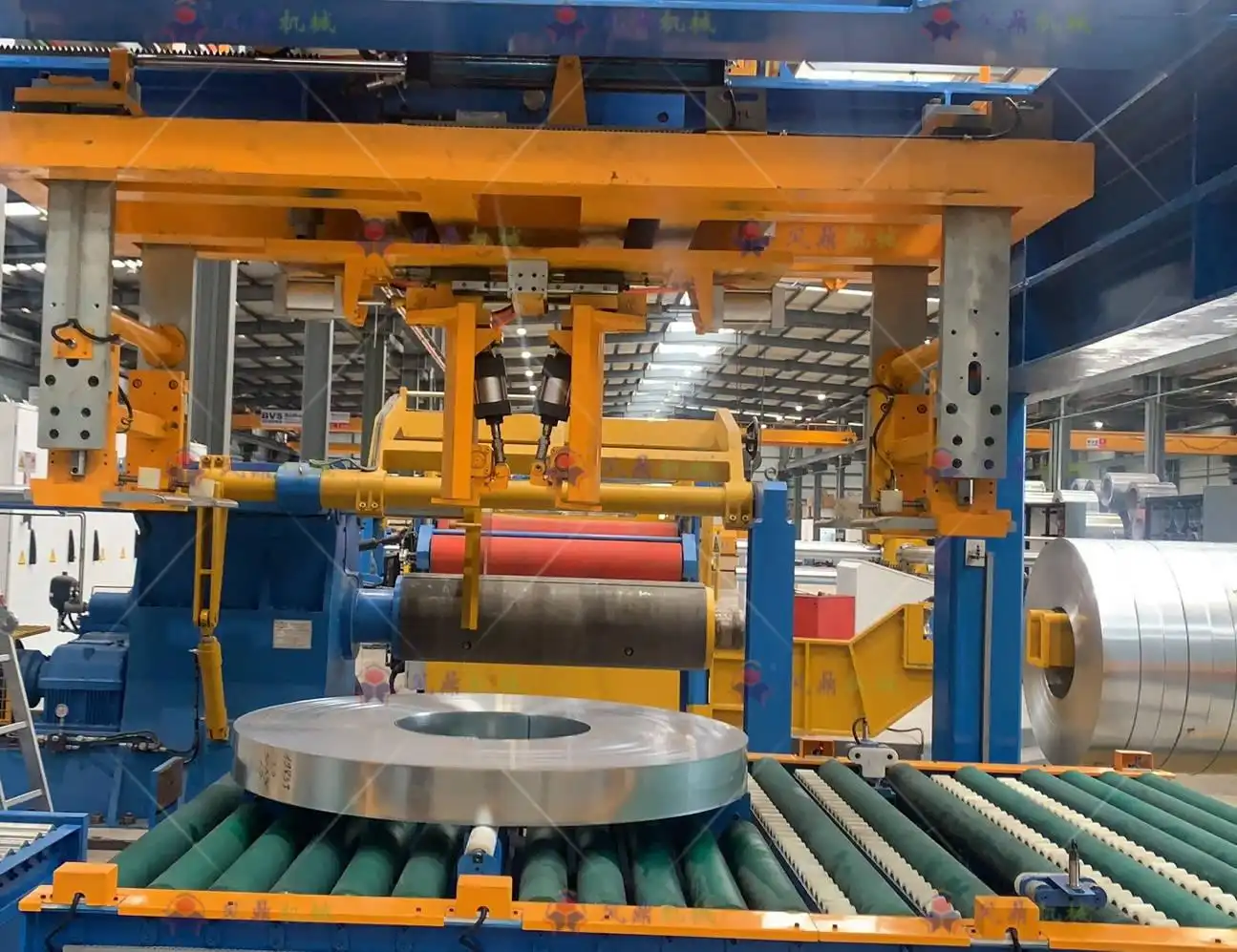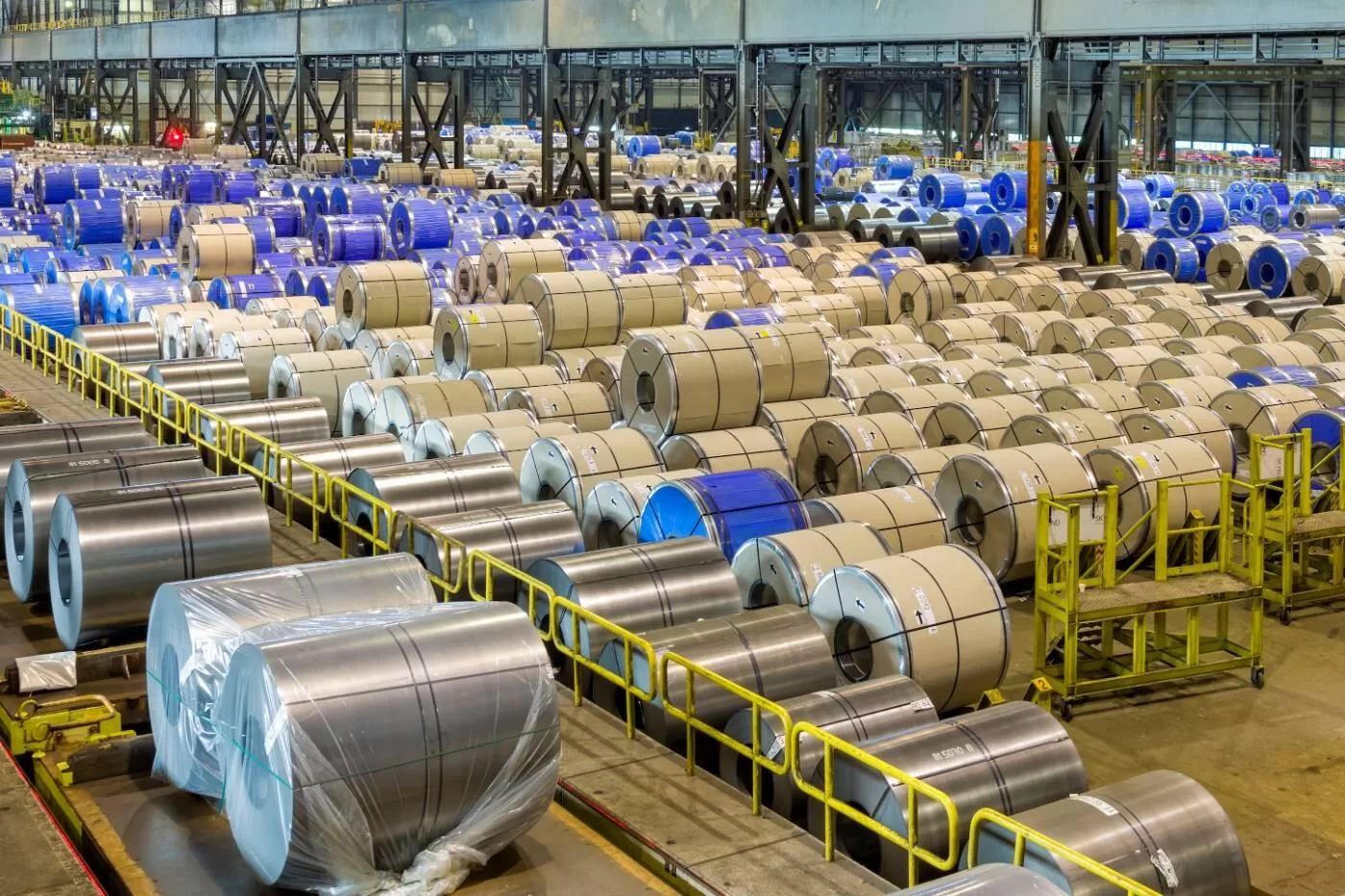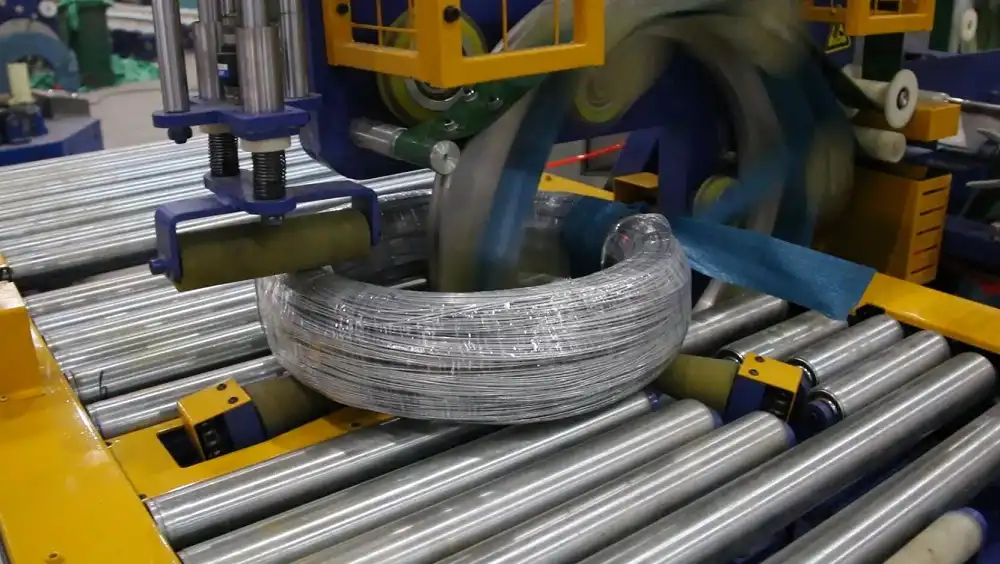How to Reduce Noise Levels in Plastic Pipe Bundling Operations?
Plastic pipe bundling operations, while essential, can be a significant source of noise. High decibel levels from machinery and material handling create a challenging environment. Reducing noise improves worker comfort, safety, and compliance with regulations.
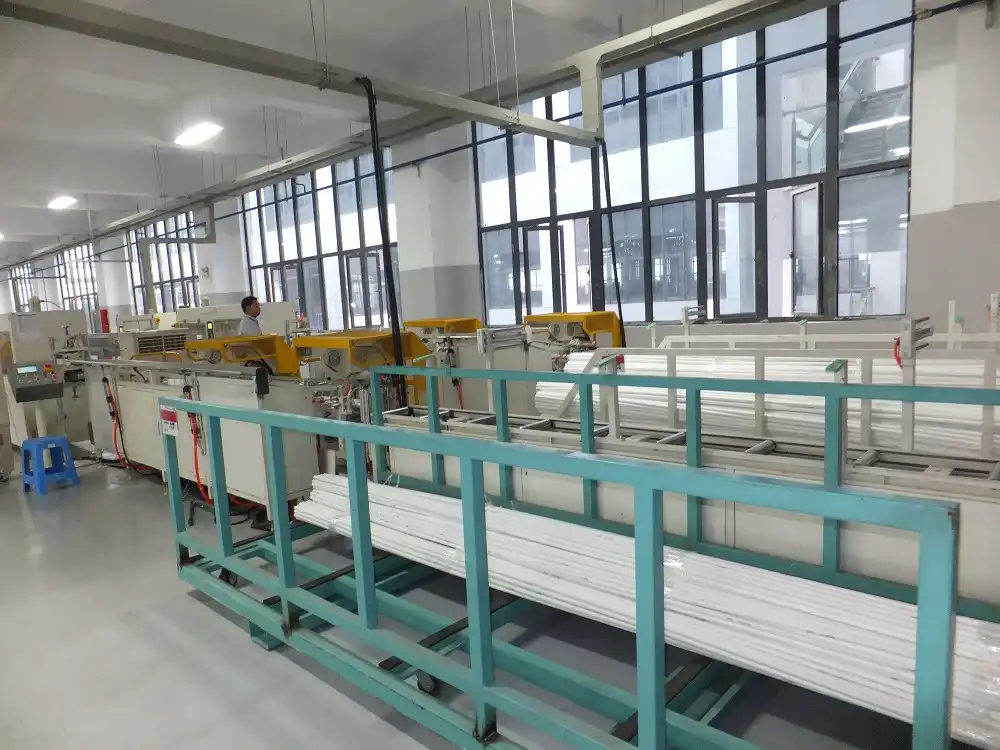
To reduce noise levels in plastic pipe bundling, implement soundproofing measures, ensure regular maintenance of equipment, optimize operational guidelines, and provide workers with hearing protection. By addressing these key areas, facilities can create a safer, more comfortable work environment, boosting productivity and reducing potential health risks.
Plastic pipe bundling operations don’t have to be deafening. By understanding the sources of noise and implementing targeted solutions, manufacturers can create a more peaceful and productive work environment. Let’s explore how to make these vital changes.
1. Identifying Sources of Noise in Pipe Bundling
Before implementing noise reduction strategies, identify noise sources. Understanding where the most noise is coming from allows targeting efforts for optimal impact.
Plastic pipe bundling operations generate noise from various sources. Key contributors include the pipe packaging machines, conveyor systems, cutting equipment, and material handling processes. Identifying these sources helps tailor effective noise reduction strategies.
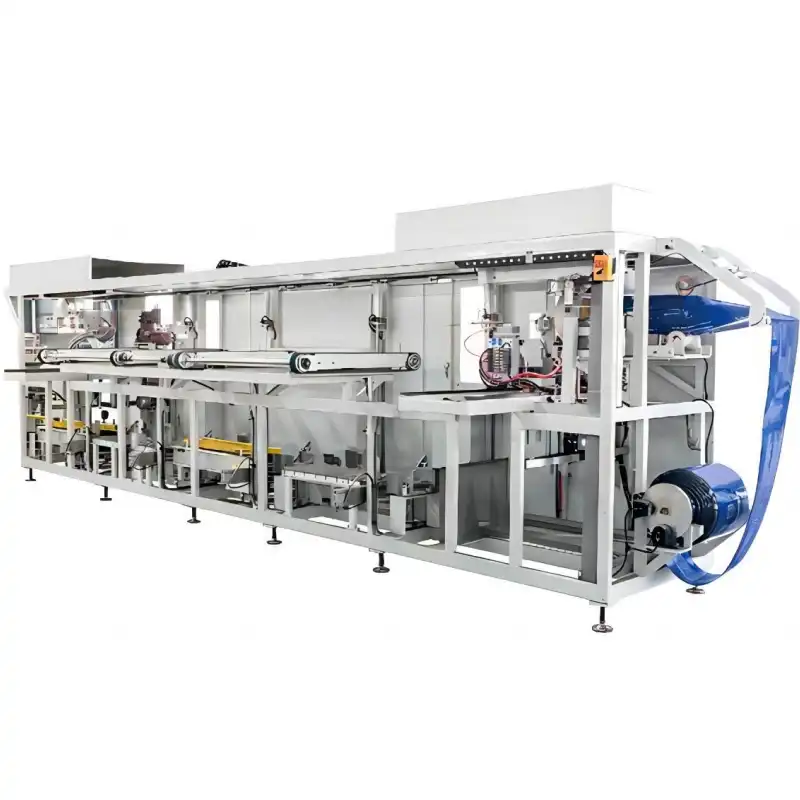
Pinpointing Problem Areas: A Systematic Approach to Noise Mapping
Once you acknowledge that there’s an noise emission issue in the work place, it can be helpful to map or to evaluate where the noise comes from, and if so what the volume is. This can also help inform decision making on what actions to take next. By understanding how, or where the noise is being generated can help inform decision making, such as whether to replace or repair equipment.
To tackle noise effectively, it’s crucial to identify its origins within the bundling operation. This involves systematically evaluating machinery and processes to pinpoint specific areas that contribute significantly to the overall noise level. Here’s a comprehensive approach to noise mapping:
1. Conduct a Noise Survey:
Use sound level meters to measure noise levels at different points within the bundling area. This will help identify the loudest areas and equipment.
Record the readings during normal operations to ensure accuracy.
2. Evaluate Each Piece of Machinery:
Plastic Pipe Cutting Equipment: Assess the noise levels during the cutting of pipes. High-speed cutting processes can generate significant noise.
Bundling and Strapping Machines: Evaluate noise emissions from the bundling mechanism, compression systems, and strapping processes.
Conveyor Systems: Measure noise produced by conveyor belts, rollers, and motors. Pay attention to areas where pipes are transferred between conveyors.
3. Assess Material Handling Processes:
Dropping and Impacting: Evaluate noise caused by dropping or impacting pipes during handling.
Sorting and Stacking: Measure noise generated by sorting and stacking pipes manually or with automated equipment.
4. Use Noise Mapping Software:
Compile data from the noise survey into a visual map using specialized software. The noise map will highlight areas exceeding acceptable noise levels, allowing for targeted intervention.
Employ color-coded systems to indicate noise intensity:
Green: Acceptable noise levels
Yellow: Moderate noise levels requiring attention
Red: Unacceptable noise levels requiring immediate action
| Area Inspected | Noise Level Reading (dB) | Notes |
|---|---|---|
| Cutting Area | 95 dB | High-speed cutting generates significant noise, especially with older equipment. |
| Bundling Machine | 92 dB | Noise from compression and strapping mechanisms. Vibrations can amplify noise. |
| Conveyor Belts | 88 dB | Continuous operation and pipe transfer points contribute to noise. |
| Manual Handling Area | 82 dB | Dropping and impacting pipes during sorting and stacking. Can vary with worker practices. |
| Control Room | 70 dB | Generally within acceptable levels, but proximity to loud areas can still affect operator comfort. |
By systematically identifying the major noise sources and using noise mapping techniques, manufacturers can efficiently target noise reduction efforts and create a safer, more comfortable working environment. The key is to have a plan, implement it, and revisit the plan as issues are resolved and identified.
2. Implementing Soundproofing and Noise Barriers
Once the noise hotspots are identified, the next step is to implement soundproofing measures. This involves using materials and techniques to absorb or block sound waves.
Effective soundproofing minimizes noise transmission. Techniques include installing acoustic panels, using vibration dampeners, and constructing noise barriers. Properly applied soundproofing reduces noise pollution, improving worker conditions and promoting compliance.
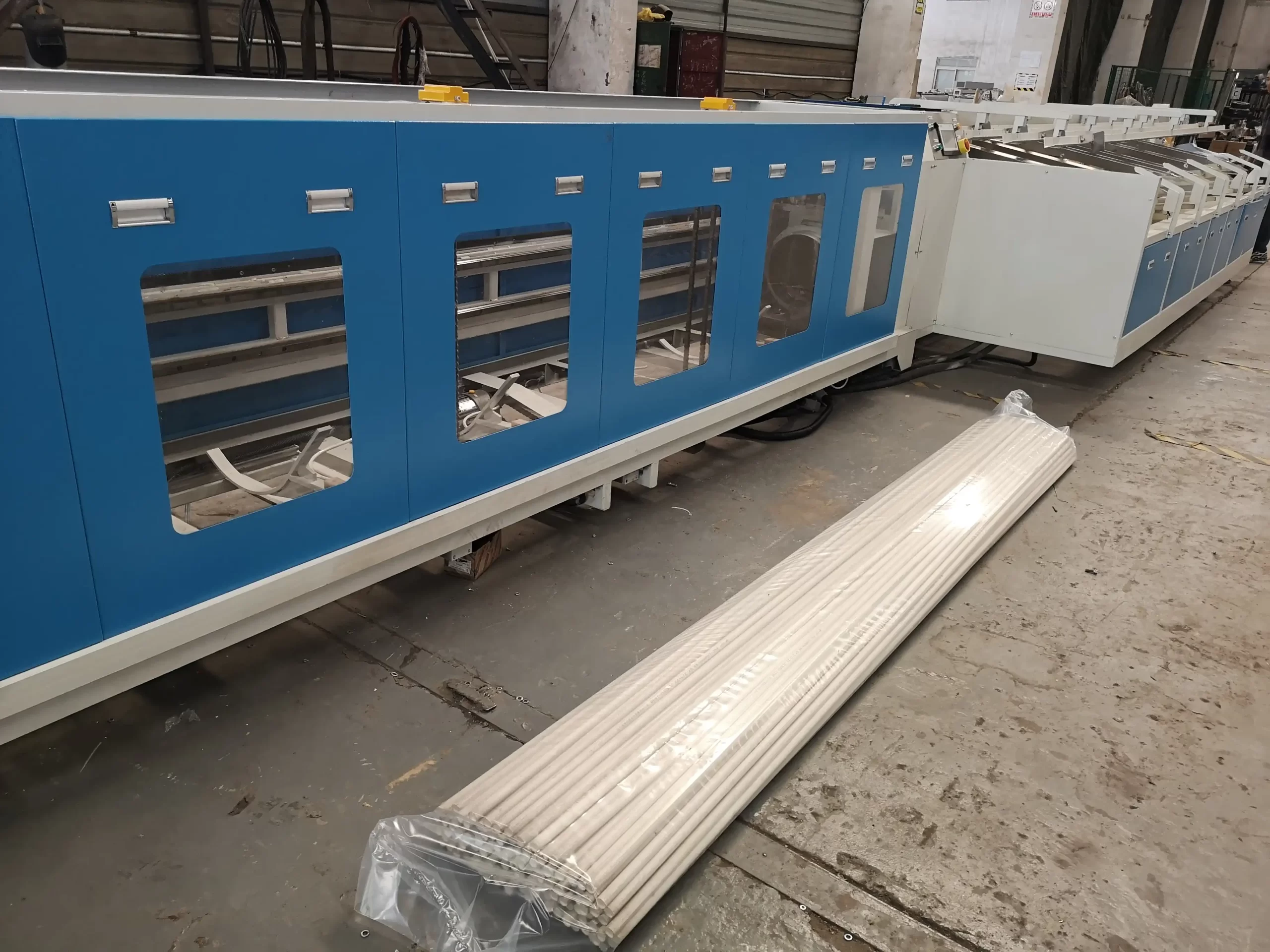
Practical Solutions: Soundproofing Techniques for Pipe Bundling
After pinpointing the origin and source of the unwanted noise, what action are we to take? Here are solutions that can solve that source of sound pollution, and offer some methods that may be adopted. Sound proofing can be achieved with several of the techniques below.
Acoustic Panels and Enclosures:
Acoustic panels are sound-absorbing materials used to line walls and ceilings. They reduce reverberation and absorb sound waves, diminishing overall noise levels.
Construct enclosures around noisy machines to contain the sound. Ensure enclosures are made from sound-deadening materials.
Vibration Dampeners:
Vibration Isolation Mounts: Use vibration isolation mounts to isolate machinery from the floor and surrounding structures. These mounts absorb vibrations, preventing them from spreading and amplifying noise.
Damping Materials: Apply damping compounds to machine components and conveyor belts to reduce vibrations. These materials convert vibrational energy into heat, reducing noise.
Noise Barriers and Curtains:
Noise Barriers: Construct solid barriers around noisy areas to block sound waves from propagating. Barriers should be made of dense, sound-absorbing materials.
Acoustic Curtains: Use heavy-duty acoustic curtains to absorb sound and reduce reflections in large open spaces. These curtains are flexible and easy to install.
Optimized Placement and Orientation:
Machine Placement: Arrange machinery so that noisy equipment is located far from workstations.
Orientation: Orient machines so that noise emissions are directed away from workers and sensitive areas.
By strategically implementing these soundproofing techniques, manufacturers can significantly reduce noise levels in plastic pipe bundling operations. The key is to create a comprehensive plan that targets the loudest sources and uses a combination of sound-absorbing and sound-blocking materials.
3. Optimizing Operational Guidelines to Minimize Noise
In addition to physical soundproofing, changes to operational guidelines can also have a substantial impact on noise reduction. This involves adjusting processes to reduce impact and friction.
Optimizing operational guidelines minimizes noise generated by pipe bundling. Strategies include reducing drop heights, using cushioned surfaces, and implementing speed controls on machinery. These actions create a quieter, safer work environment.
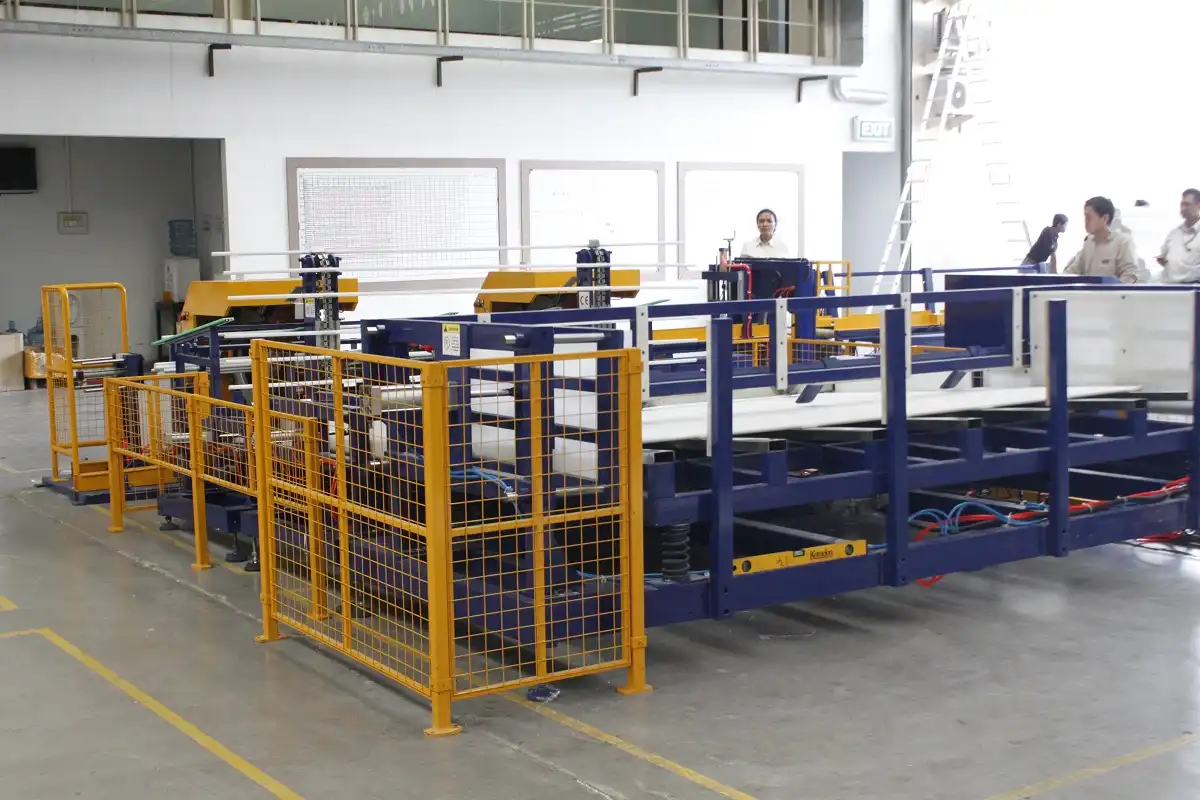
Process Adjustments: Refining Operations for Quieter Performance
-
What are the key operational adjustments that can minimize noise? Here are some important changes that you can do to refine operations and implement a better and quieter environment:
Implement Gradual Speed Controls:
- Gradual Acceleration and Deceleration: Use gradual acceleration and deceleration controls on conveyor belts and bundling equipment to reduce abrupt stops and starts.
- Variable Frequency Drives (VFDs): Install VFDs on motors to control speed precisely. This helps to reduce noise during speed transitions.
Reduce Drop Heights:
- Minimize Falling Distance: Lower drop heights for pipes during handling. Install adjustable platforms to reduce the distance pipes need to fall.
- Controlled Lowering Mechanisms: Use automated systems to lower pipes gently instead of dropping them.
Cushion Contact Surfaces:
- Apply Sound-Absorbing Materials: Apply sound-absorbing materials to surfaces where pipes come into contact. This can include coating metal surfaces with rubber or foam.
- Use Cushioned Rollers: Replace metal conveyor rollers with polyurethane or rubber-coated rollers to reduce noise.
Optimize Material Flow and Placement:
- Proper Alignment: Ensure proper alignment of pipes during bundling to prevent unnecessary friction and noise.
- Strategic Stacking: Train workers to stack pipes carefully, minimizing impact and friction.
Regular Inspections and Adjustments:
- Routine Checks: Conduct regular inspections of equipment to ensure proper operation. Address any misalignments, loose parts, or other issues promptly.
- Feedback Mechanisms: Establish feedback channels for workers to report noise issues. Implement timely corrective actions to maintain low noise levels.
By optimizing these operational guidelines, manufacturers can create a quieter and more efficient bundling process. Strategic adjustments can minimize impact and friction, improving workplace conditions and promoting a safer, more productive environment. Improvement Area Recommended Action Potential Noise Reduction Benefit Machine Operation Implement gradual speed controls Reduces abrupt stops and starts, minimizing impact noise. Material Handling Reduce drop heights Minimizes impact noise when handling and stacking pipes. Contact Surfaces Cushion contact points Dampens vibrations and reduces noise generated during pipe contact with machinery. Equipment Placement Optimize machine orientation Directs noise emissions away from workers, reducing overall exposure. Training & Inspections Regular training and feedback mechanisms Ensures consistent adherence to low-noise practices and prompt identification of new noise issues. 4. Providing Hearing Protection and Regular Breaks
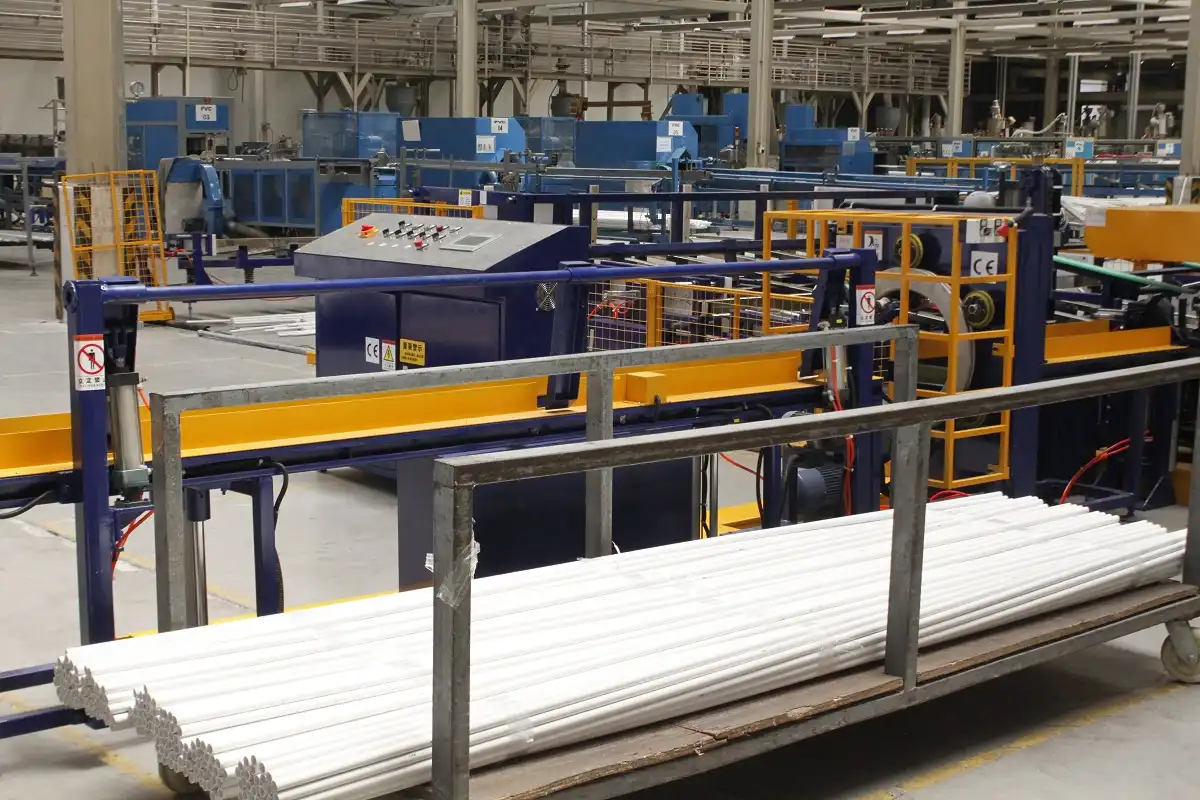
Plastic pipe bundling noise reduction, operational guidelines, pipe packaging machines Offer hearing protection to workers in high-noise zones. Providing earplugs or earmuffs helps prevent long-term hearing damage. Ensure regular breaks, particularly in quiet areas. This limits noise exposure and boosts well-being. This provides a multifaceted strategy for promoting a healthy and productive working environment.
Where noise reduction isn’t enough, what is our next best option? Here are a few options to give your employees the best outcome.
- Providing hearing protection is the most basic step, to protect the hearing of employees.
-
Providing reasonable breaks allows employees to reduce their exposure.
Here’s what you can do:
-Provide hearing protection, workers should be equipped with earplugs or earmuffs that meet safety standards. Regular training on how to use hearing protection is also important.
-Regulate work schedules, to ensure all workers are allowed breaks.
-Consider using job rotation, or provide quiet areas.Conclusion
Noise reduction in plastic pipe bundling operations is essential for creating a safer and more productive work environment. By identifying noise sources, implementing soundproofing measures, optimizing operational guidelines, and providing hearing protection, facilities can significantly reduce noise levels. This multifaceted approach not only promotes compliance with safety regulations but also enhances employee well-being and boosts overall operational efficiency.


